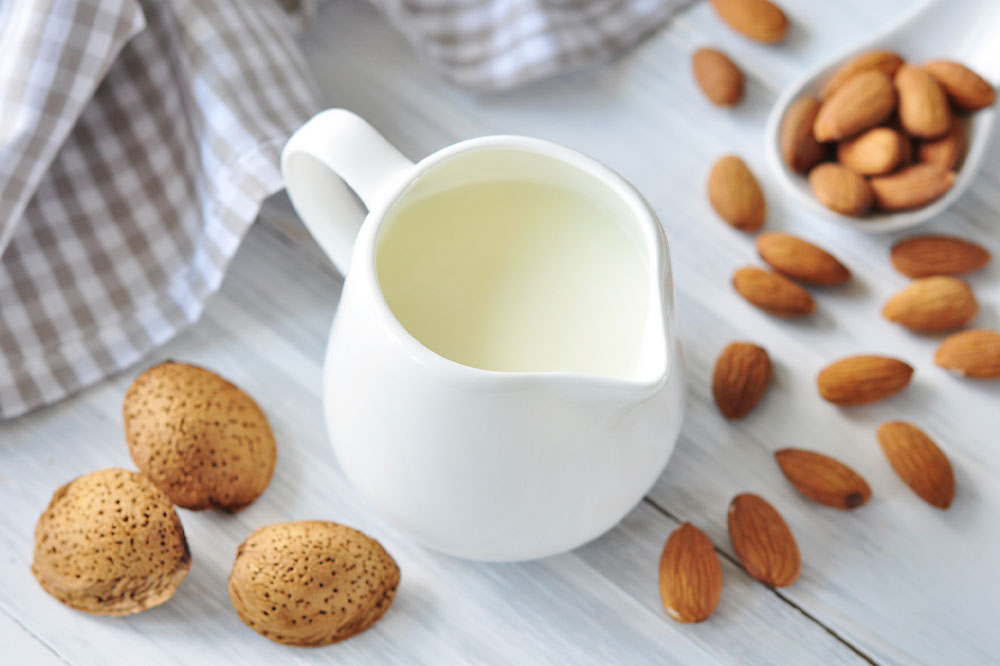
4 safe foods that help manage eosinophilic esophagitis
Eosinophilic esophagitis (EoE) is an immune system disorder affecting the esophagus – the tube connecting the mouth to the stomach. When a type of white blood cell called eosinophils builds up in one’s esophagus, it leads to inflammation and damage to the esophageal tissues. Studies indicate that it is three times more likely to affect men than women. Listed below are some early signs, risk factors, and foods to eat for EoE patients.
Risk factors
It is mainly triggered by certain types of foods or allergies to environmental components like pollen, dust mites, molds, etc. People with asthma, eczema, and hay fever, as well as people with a family history of EoE, are more vulnerable to it. Besides these factors, seasonal changes also increase the chances of people developing the condition. The EoE cases spike during spring, summer, and fall since pollen levels are higher.
Early signs
One may often vomit, experience pain and reflux that seems untreatable, or have trouble swallowing solid food. Some early signs of EoE are also based on one’s age. Infants and little children may experience loss of body mass or hampered growth. Older children may have a poor appetite and abdominal pain, while adults may also experience chest pain and heartburn.
Safe foods
EoE allergies can vary from person to person, so doctors commonly employ the elimination method to find a patient’s trigger to EoE. Research has found that the most common triggers for EoE include cow milk, eggs, wheat, soy, legumes, nuts, and seafood. There is no science-approved list of food items that help manage EoE; however, some foods are safer. They have not been shown to trigger symptoms and can give one’s body time to recover from the inflammation while not depriving it of essential nutrients.
Coconut, hemp, oat, almond, or rice milk
Research shows that milk is a prime factor triggering inflammation and worsening EoE. Therefore, consuming dairy-free yogurt and cheese is an excellent alternative to traditional milk. Options like coconut milk, almond milk, or hemp milk are considered safe during EoE.
Dairy-free yogurts and cheese
It is also advisable to eliminate milk products like cheese, yogurt, cream, and butter from daily food intake until one’s healed from the condition. One can opt for dairy-free alternatives like vegan cheese made of tapioca starch and nutritional yeast.
Curcumin
Curcumin, commonly found in turmeric, has been used to treat various diseases for generations. It is antioxidant and anti-inflammatory, which helps with recovery. Researchers have shown that curcumin effectively treats multiple inflammatory conditions, including esophagitis.
Licorice and chamomile
Some herbs like licorice and chamomile have also been shown to relieve the symptoms of acid reflux. These herbal remedies also relieve heartburn and reflux.
Non-citrus and non-tropical fruits like apples, pears, peaches, etc., are considered the least allergenic. Similarly, vegetables like carrots, lettuce, asparagus, tomato, cucumber, potato, etc., are safe to eat, but it is advisable to consult a health expert before opting for any of these. A healthcare professional uses an elimination method to cure EoE. In this method, a doctor eliminates all food items from one’s daily intake and systematically reintroduces them while closely monitoring the body’s response. It ensures that each patient gets a personalized treatment and permanent cure for Eosinophilic Esophagitis.



